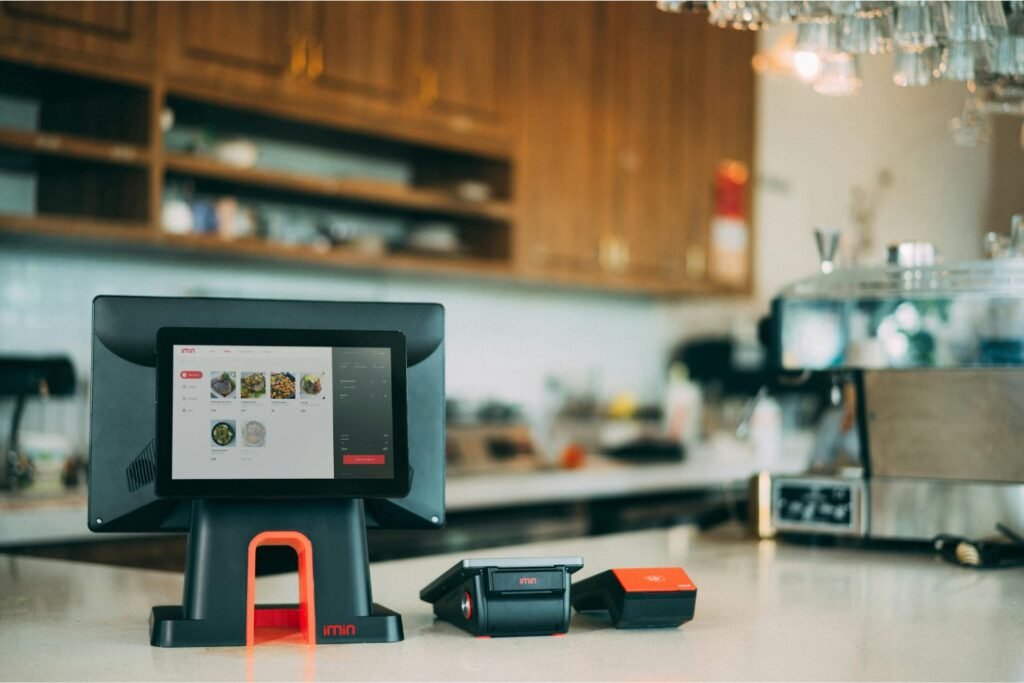The shiny change that is pushing customers away from this supermarket

In the quest for efficiency and cost savings, some supermarket chains are turning to automation, replacing human staff with self-checkout systems. But what happens when customers are not ready or simply do not want that change? What seemed like an improvement has ended up triggering a wave of complaints and even loss of customers. Eroski is one of the most notorious cases.

Clients dissatisfied: when convenience turns into frustration
The supermarket chain Eroski decided to incorporate self-checkout lanes in its stores to streamline the purchasing process. However, far from improving the consumer experience, this measure has generated rejection, especially among those who make large purchases or are not familiar with the technology.
Many customers complain that they are forced to use these lanes without the option of going through a traditional one attended by cashiers. One of them summarized it on social media, according to the Merca2 portal: “Eroski generates my discontent of the day, forcing me to use the self-checkout lanes with an overflowing cart. Of course, once is enough.”
These types of experiences have led several users to opt for other chains that still offer personalized service, causing a direct impact on Eroski’s sales.
Automation without support: a double-edged sword
Automation has allowed Eroski to operate some of its stores with just two employees overseeing multiple self-checkout lanes. Although this structure reduces operating costs, it also exposes a significant gap: the lack of immediate and human assistance for those who need it.
For many elderly people or those with little technology experience, the system is confusing and stressful. What should be a quick process becomes an uncomfortable and slow experience, nullifying the original intention of automation.

At what cost is efficiency gained?
Various studies in the retail sector had already warned that self-checkout lanes, instead of eliminating lines, could create them if not implemented with sufficient support. Added to this is the loss of human interaction, which for many customers remains a fundamental value when shopping.
Ultimately, the bet on technology can be a powerful tool, but if imposed without considering expectations and needs, it can become a serious loyalty issue. The case of Eroski serves as a warning to the entire industry.





